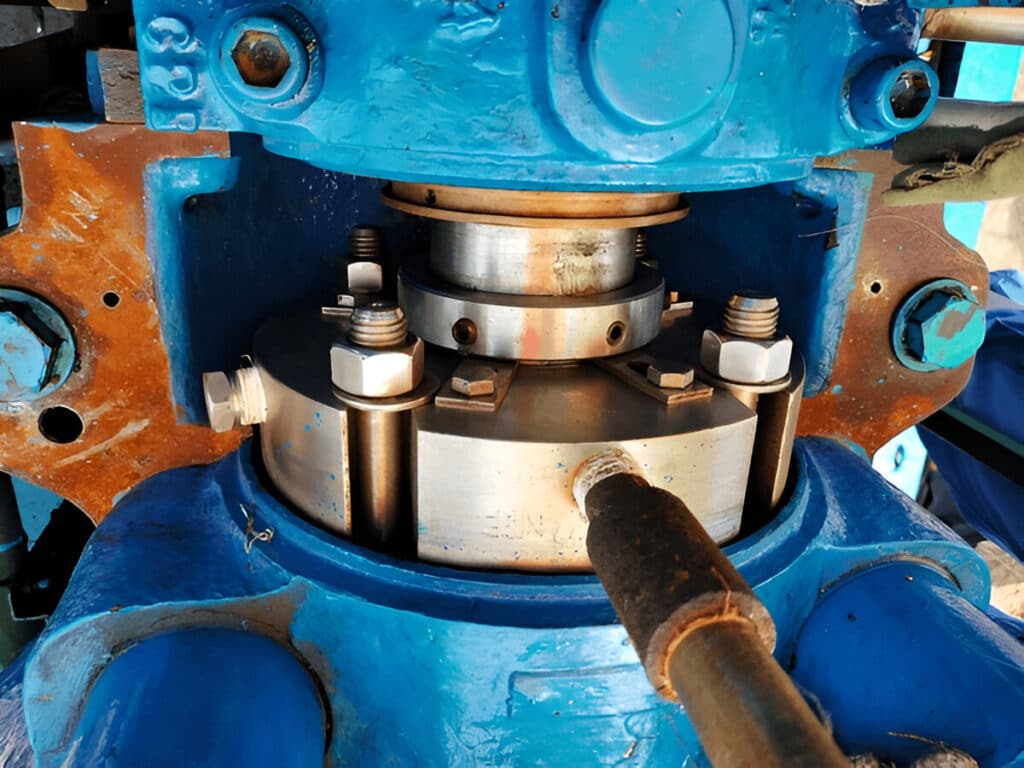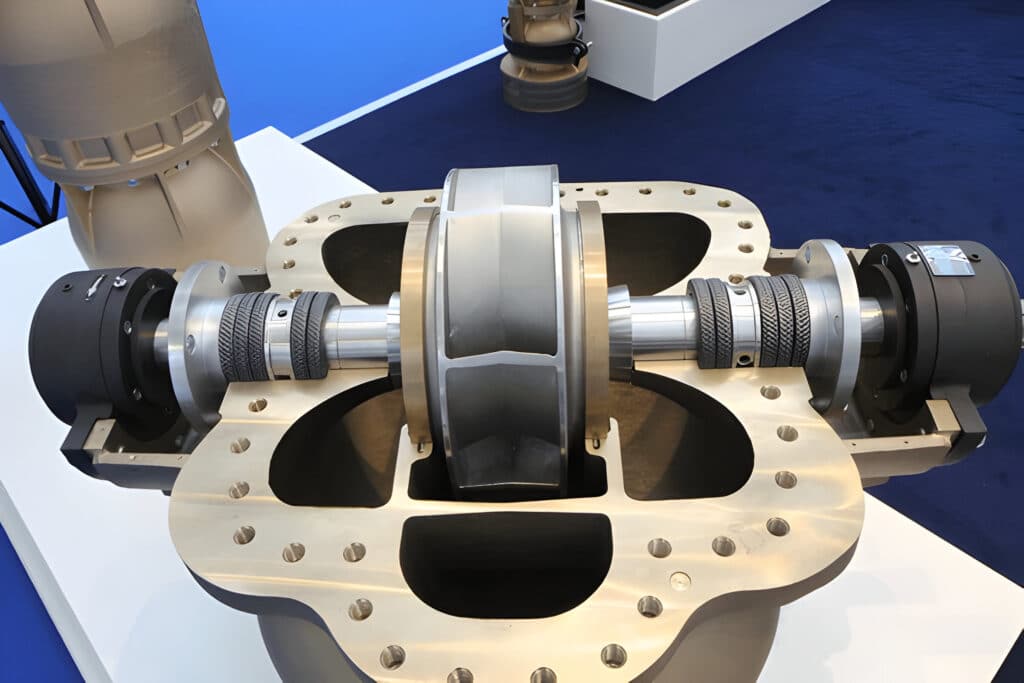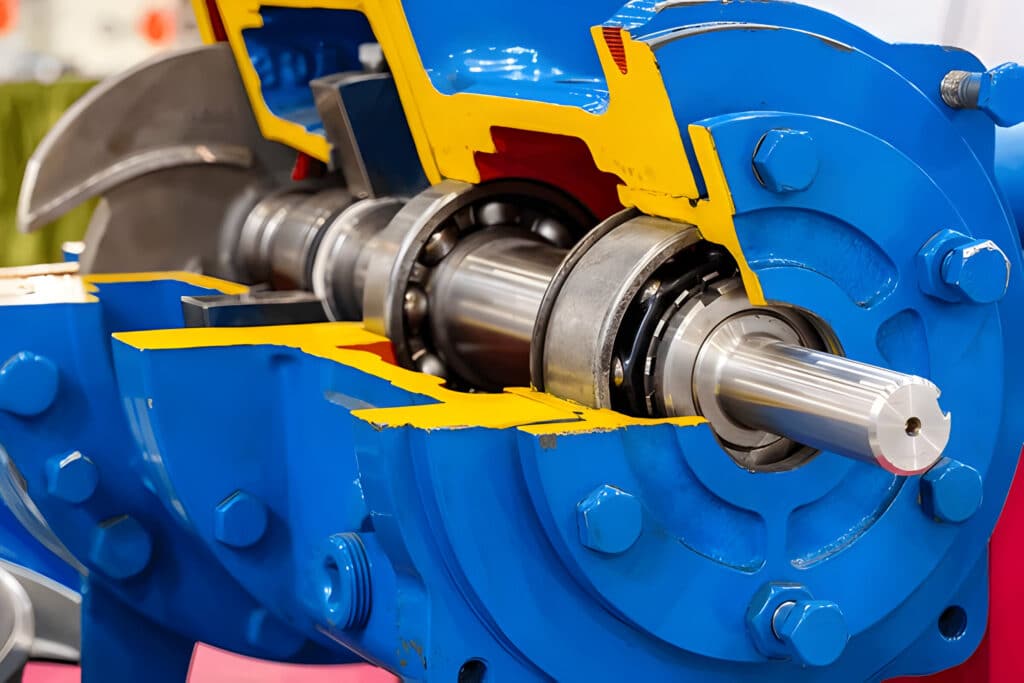A well pump pressure switch is a vital component of a well water system. It controls the on/off operation of the pump based on water pressure in the system. When the pressure drops to a set point, the switch activates the pump. When the pressure reaches a high point, it turns the pump off. Sometimes, a pressure switch may trip, requiring a manual reset.
This article will guide you through the process of resetting the pressure switch on a well pump and help you understand potential issues.
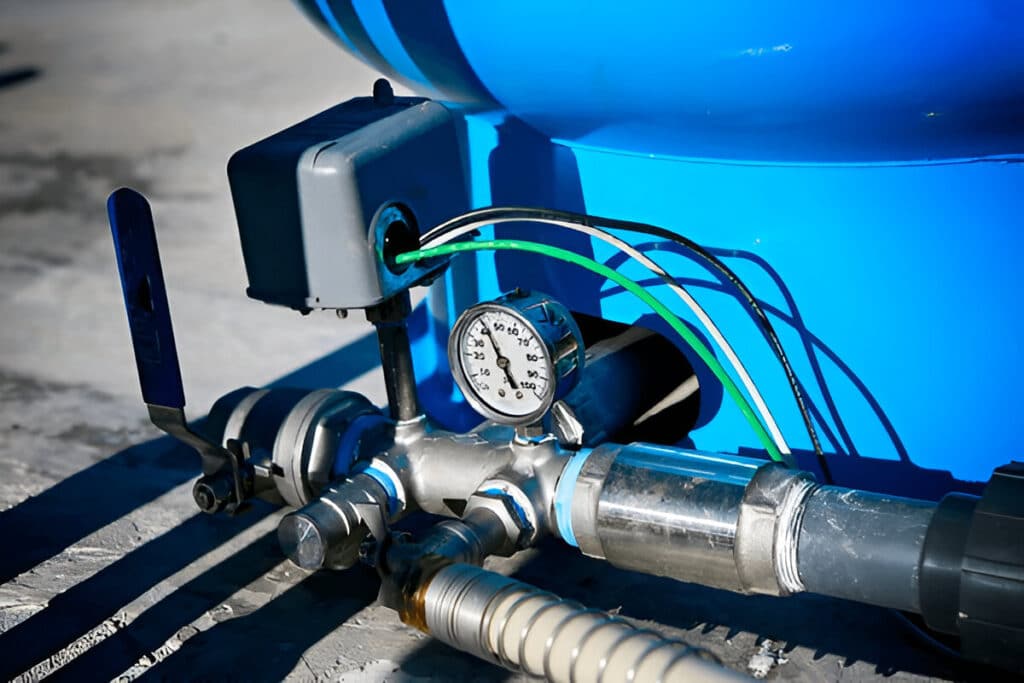
How to Reset a Pressure Switch
Resetting a pressure switch typically involves a few simple steps. However, always ensure safety first by disconnecting power to the pump.
Step 1: Locate the Pressure Switch
The pressure switch is usually mounted on or near the pressure tank, often on a pipe. It is a small box with electrical wiring and a lever or button on its side or bottom.
Step 2: Turn Off Power
Before proceeding, turn off the power supply to the well pump at the circuit breaker box.
Step 3: Examine the Switch
Once you have de-energized the pump, look closely at the pressure switch. You’ll typically find a small lever or button. It may be on the side, bottom, or top of the switch housing, depending on the model.
Step 4: Reset the Switch
To reset, gently press the lever or button. This is usually a simple press or a slight toggle motion. You may hear a small click sound if the switch has engaged and is reset successfully.
Step 5: Restore Power
After resetting the switch, carefully restore power to the well pump at the circuit breaker.
Step 6: Monitor the Pump
Observe how the well pump behaves after power has been restored and the switch has been reset. The pump should begin running to build water pressure in the system. It should turn off once the pressure reaches the designated level.
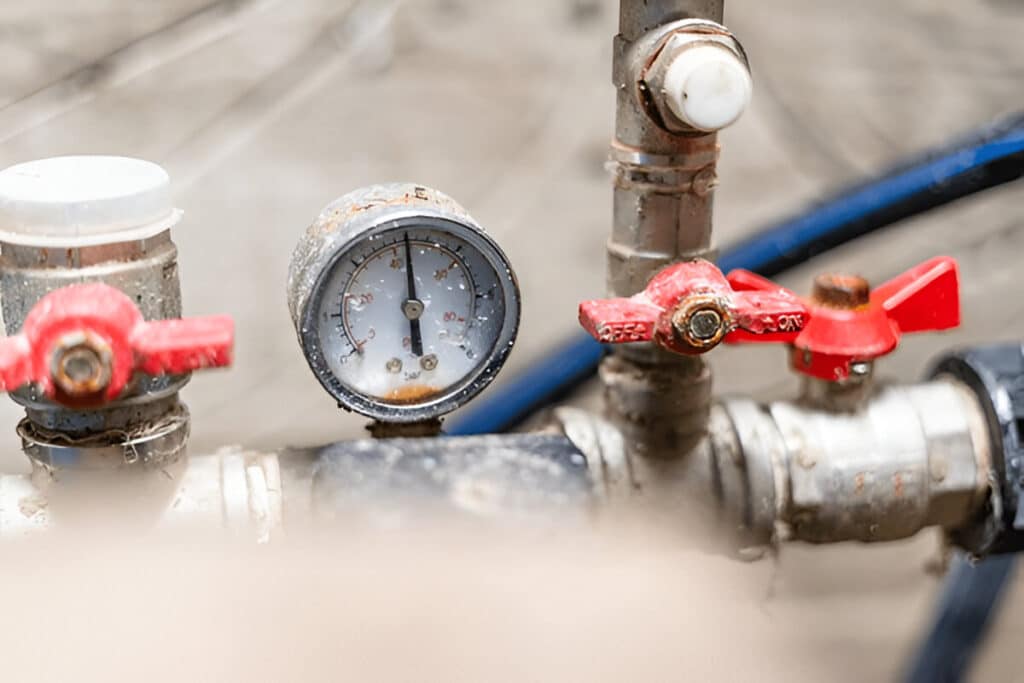
Troubleshooting: When a Reset Doesn’t Work
Sometimes, resetting the pressure switch does not fix the problem. Here are a few common scenarios and what they might indicate:
Scenario 1: The Pump Doesn’t Start After Resetting
If the pump does not start after resetting the pressure switch, it could mean several potential issues:
- No Power: Double-check the circuit breaker to ensure it has not tripped again. You can use a multimeter to verify power to the switch.
- Faulty Switch: The pressure switch itself may be faulty. It might need replacement. Use a multimeter to test if the switch is opening and closing properly.
- Pump Issues: A problem with the well pump itself, such as a burned-out motor or a broken impeller, could prevent it from starting.
- Wiring Problems: Damaged or loose wiring connections in the system may also prevent the pump from receiving power, and therefore not starting.
- Low Water Level: In situations when the well has run dry, the pump may fail to start. Wait some time for the well to fill back up before troubleshooting further.
Scenario 2: The Pump Starts but Pressure Keeps Dropping
If the pump starts but cannot maintain pressure, consider these possible causes:
- Leak: A leak anywhere in the water system—including pipes, fixtures, or the pressure tank—could cause pressure loss. Check for water leaks in the system.
- Pressure Tank Issues: The air bladder within the pressure tank might be damaged or have lost its air charge. If that is the case, the pressure tank will need to be serviced.
- Faulty Foot Valve: A broken foot valve at the bottom of the well casing can prevent the pump from effectively drawing water.
- Pump Problems: An issue with the well pump can prevent the proper building of pressure.
Scenario 3: The Switch Keeps Tripping
If the pressure switch keeps tripping, that indicates there is some issue with the pump. Here are some possibilities:
- Blocked Pipe: A blockage in the well’s pipe can cause the switch to trip due to increased pressure, or rapid cycling.
- Pump Overworking: The pump may be overheating because it’s working too hard or running too often.
- Pressure Switch Issues: A faulty pressure switch may have its internal components damaged. It might need a replacement.
By following this guide, you should be able to effectively troubleshoot a pressure switch issue. If these troubleshooting steps don’t resolve your issue, consult a qualified well pump technician.



